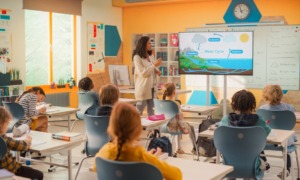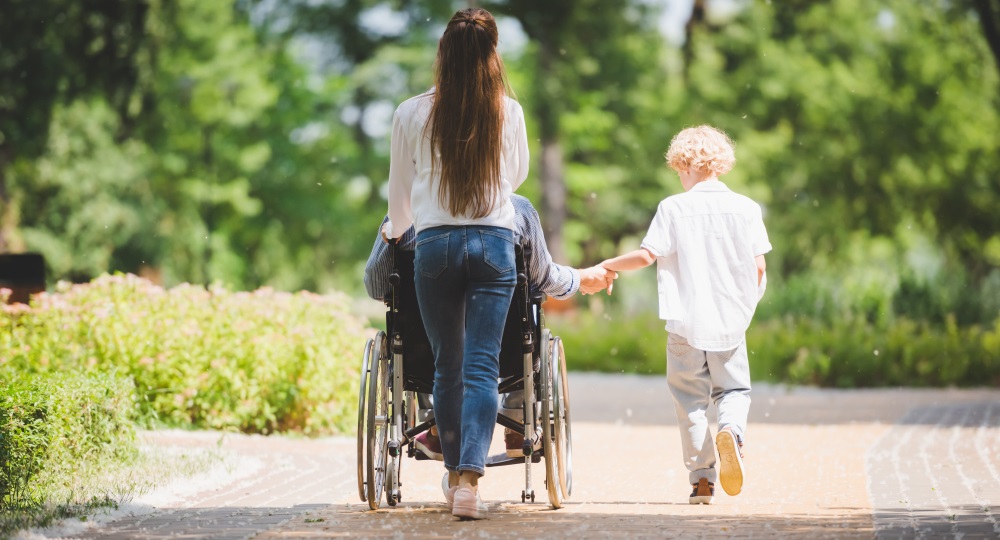 LIGHTFIELD STUDIOS/SHUTTERSTOCK
LIGHTFIELD STUDIOS/SHUTTERSTOCK
Throughout this pandemic it has been a struggle for many of us as we try to follow the “rules.” Wearing a mask every time we leave the house and staying six feet apart at all times is a challenge, especially when there are some who don’t believe these things are necessary and don’t comply. Still, I think it is safe to say that there are times when it is essential to leave the house.
Venturing outside now takes some planning. We have to remember our face coverings and we cannot physically touch other people when we are near them. I spoke to two young women who told me what life is like for them when they have to consider going out.
For Emily, 25, who declined to use her last name and U.S. city out of safety precautions, going outside during the pandemic has been a new adventure. She is able to live in the moment away from an otherwise busy world.
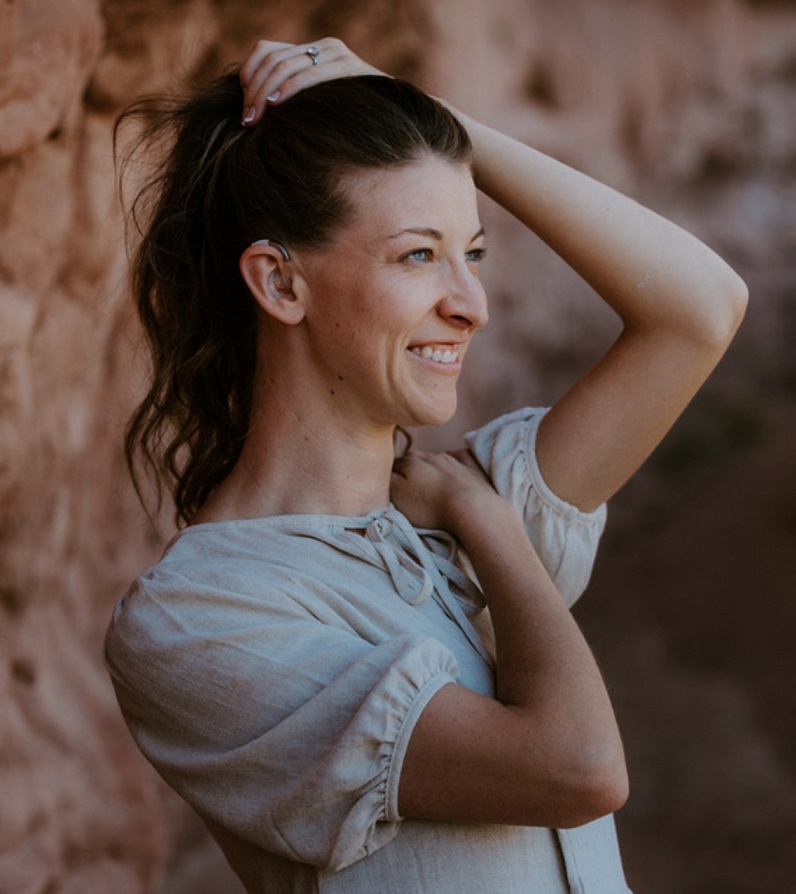
Emily
“For me, traveling outdoors looks like going for a walk, or in a car ride up to the mountains with my husband and fishing in a lake,” she said. “It is refreshing to have all other activities cancelled with time to get away from cell phone service coverage!”
Emily lives with moderate to severe hearing loss in both ears. She created Definite Hearing, a YouTube channel, to increase awareness for the deaf and hard of hearing. Her goal for the channel is to bring about awareness of hearing impairments and normalize hearing aid devices.
“I strive to be an example of what it means to live a fulfilling life with hearing loss,” she said. “One of my biggest goals is to elevate hearing devices to the same level as glasses and instill the idea that hearing devices are stylish, cool technological advances, with no indication of lack [of] mental intelligence or personality.”
While venturing outside has been a positive experience for Emily, not everyone can say the same. Some people, like Sienna Ford, choose a different route — staying inside as much as possible. She is 23 and lives in New York state. She has progressive hearing loss and is involved in the deaf community in several ways.
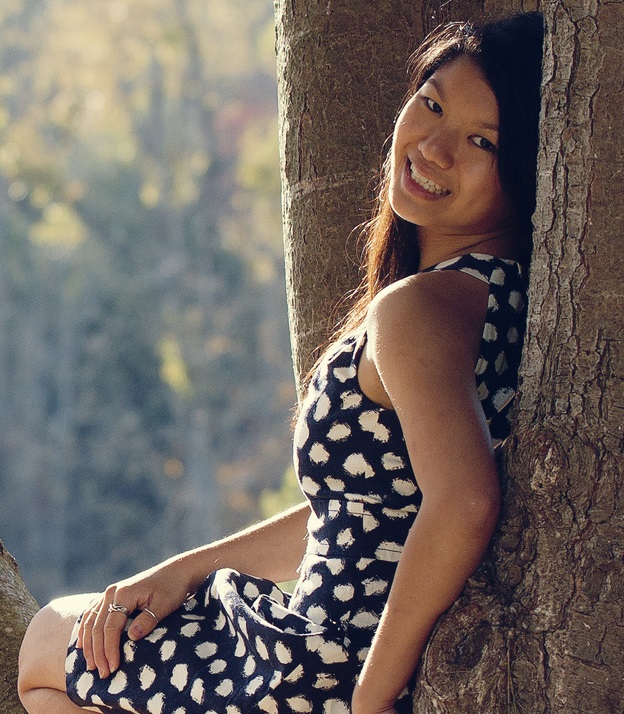
Sienna Ford
“As a latent deaf, I try to involve myself as much as possible within the Southern Tier Deaf Club, which is a local community deaf club,” she said. “I also have an Instagram account where I am trying to educate and share my story as I grow more accepting of my disability. I share my experiences with becoming deaf such as using bilateral hearing aids as well as my newest experience with getting a hearing dog.”
Ford said going out in public poses some unique challenges for someone who is deaf. I wrote about this issue previously when I spoke to another young woman in the same position. Due to face coverings it is impossible for those who cannot hear to read lips, which is a large part of how they communicate.
“Unfortunately for myself, I have tried to avoid traveling outdoors as much as possible,” Ford said. “I have a hard time with hearing others through their masks, therefore I have actually been avoiding any kind of outing. The miscommunication is just frustrating and exhausting. I wish there was a way of accommodating my need for lip reading, such as the clear masks that some individuals online have showcased.”
She also told me that lack of physical interaction has had a major impact on youth with disabilities.
“I believe they have been severely impacted. The disabled community as a whole has always been able to support each other through different types of events but unfortunately COVID-19 has made this difficult. Yes, we can communicate through social media and other socially distant means, but some are unable to do so because of their disabilities. Social media is not a complete replacement for physical social interaction, it’s lacking sometimes which can be difficult for many,” she said.
Emily also feels that youth with disabilities have been significantly impacted by COVID-19.
“Masks are isolating and online classes can be difficult to hear in, understand and pay attention to, in addition to the serious lack of social interaction coronavirus social distancing has caused,” she said. “However, youth with disabilities have had more time to pull away from a busy life and focus on what matters most — enjoying time and being creative via art, writing, gaming, video chats and more.”
It is possible that the days of jumping up and running an errand or stopping at a restaurant on a whim are over. Going forward, we may need to think about every interaction we have with people outside our homes. Normalizing see-through face coverings as an accessibility option for deaf and hard of hearing people may seem like a big step, but to this community it is necessary and vital.
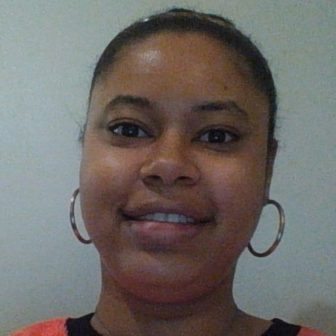
Deandra Mouzon
Deandra Mouzon is a Georgia-based journalist who received a B.A. in journalism from CUNY’s York College. Currently she is working on a publication about youth with disabilities.
This column has been updated.




